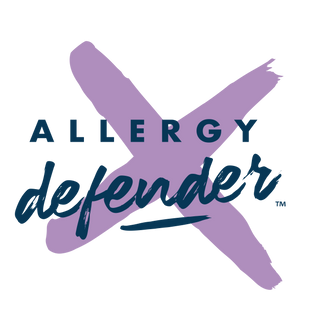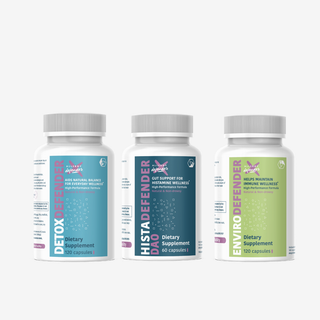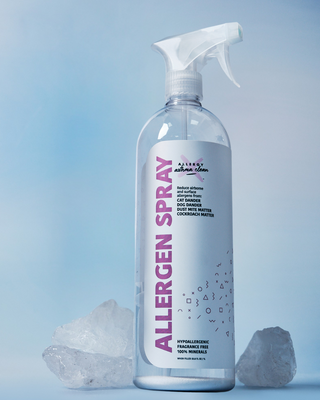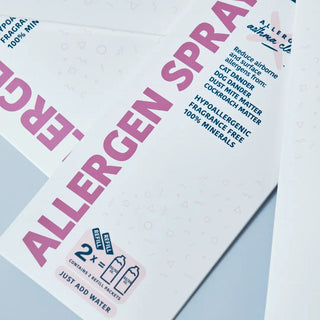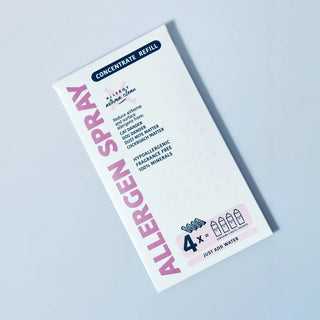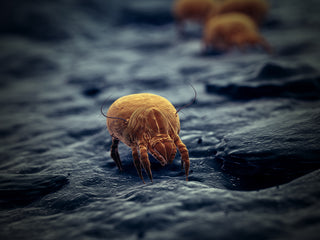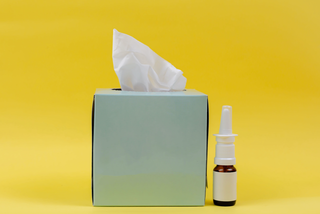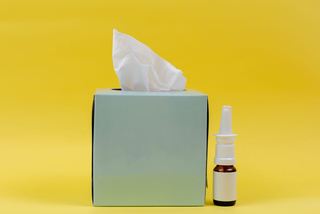Weed allergy. Are you allergic to this one? Oh my, because a weed allergy can cause discomfort and interfere with daily living, especially during peak pollen seasons. Be ready to grab some tissues!
If you’re wondering, “When does a weed allergy go away?” this article explores the causes, symptoms, and potential solutions to help you find relief and regain control of your calmer self. Let's uncover the truth, shall we?
What Is a Weed Allergy?
A weed allergy occurs when your immune system reacts to something like pollen released by certain weeds. Your immune system thinks it is a harmful substance, causing you to develop allergy symptoms. These symptoms range from mild to severe.
Symptoms of Weed Allergies
Weed allergy symptoms often resemble those of hay fever (allergic rhinitis) and can include:
- Sneezing
- Runny or stuffy nose
- Itchy eyes, nose, or throat
- Watery eyes
- Postnasal drip
- Fatigue
In severe cases, exposure can trigger asthma symptoms, such as wheezing or difficulty breathing.
Here are Some Common Allergy Causing Weeds:
- Ragweed
- Sagebrush
- Pigweed
- Mugwort
- Lamb’s quarters
Weeds typically release pollen in late summer and early fall, but the exact timing can vary by location and climate. Interestingly, pollen season seems to start earlier and last longer because of our unsettled climate.
How Long Does a Weed Allergy Last?
The duration of a weed allergy depends on various factors:
- Pollen Season: Weed pollen levels peak during specific seasons, usually from late summer to early fall. Allergies often subside when pollen counts decrease.
- Exposure Levels: Continuous exposure to allergens can prolong symptoms. Minimizing exposure can help reduce the duration of discomfort.
- Treatment: Effective management strategies can significantly shorten the time it takes for symptoms to improve.
For some people, weed allergies are seasonal and resolve within a few weeks or months.
Ragweed allergens are most intense during late summer and early fall, typically from mid-August to mid-October in many regions of North America. Ragweed is the most common weed allergy; people usually call it hayfever.
- Peak Pollen Period: Ragweed plants start releasing pollen in early August, with levels peaking in September.
- Time of Day: Pollen counts are often highest in the morning, typically between 10 a.m. and 3 p.m., depending on weather conditions.
- Weather Impact: Dry, windy days can spread ragweed pollen far and wide, increasing its intensity. Conversely, rain can temporarily reduce pollen levels by washing it out of the air.
- Regional Variations: In warmer climates, ragweed season may start earlier and last longer than in cooler areas.
Tips to Relieve Weed Allergy Symptoms
While there is no cure for allergies, there are several steps you can take to help manage and reduce your symptoms:
Limit Exposure
- Monitor daily pollen counts and stay indoors during high pollen times.
- Keep windows closed and use air purifiers with HEPA filters.
- Shower and change clothes after spending time outside.
Use Medications
- Antihistamines can alleviate sneezing and itching.
- Nasal corticosteroids reduce inflammation in the nasal passages.
- Decongestants provide temporary relief for a stuffy nose.
We do want to caution you, though, that these are all drugs, and lengthy usage could be harmful to your health.
Try Natural Remedies
- Rinse nasal passages with a saline solution using a Neti pot.
- Take natural allergy supplements
Consider Allergy Immunotherapy
Allergy shots or sublingual tablets can gradually desensitize your immune system to specific allergens. However, this requires lengthy doctor visits.
When Should You See a Doctor?
If your weed allergy symptoms persist despite home remedies and over-the-counter medications, consult an allergist. They can perform tests to identify specific allergens and develop a tailored treatment plan.
So, when does a weed allergy go away? For most people, symptoms improve as pollen levels decrease or with effective treatment.
